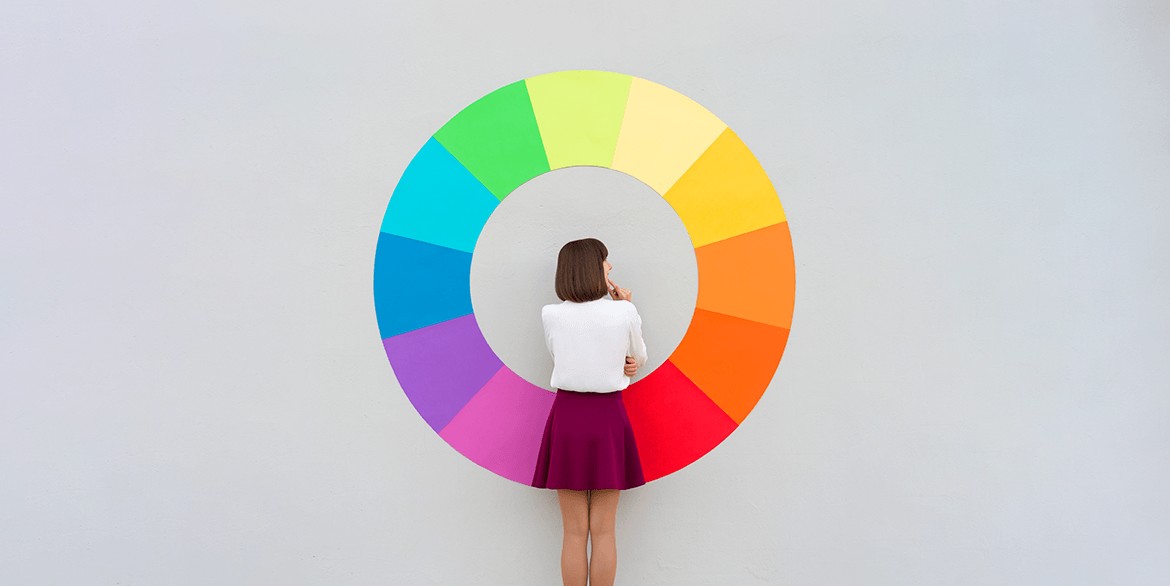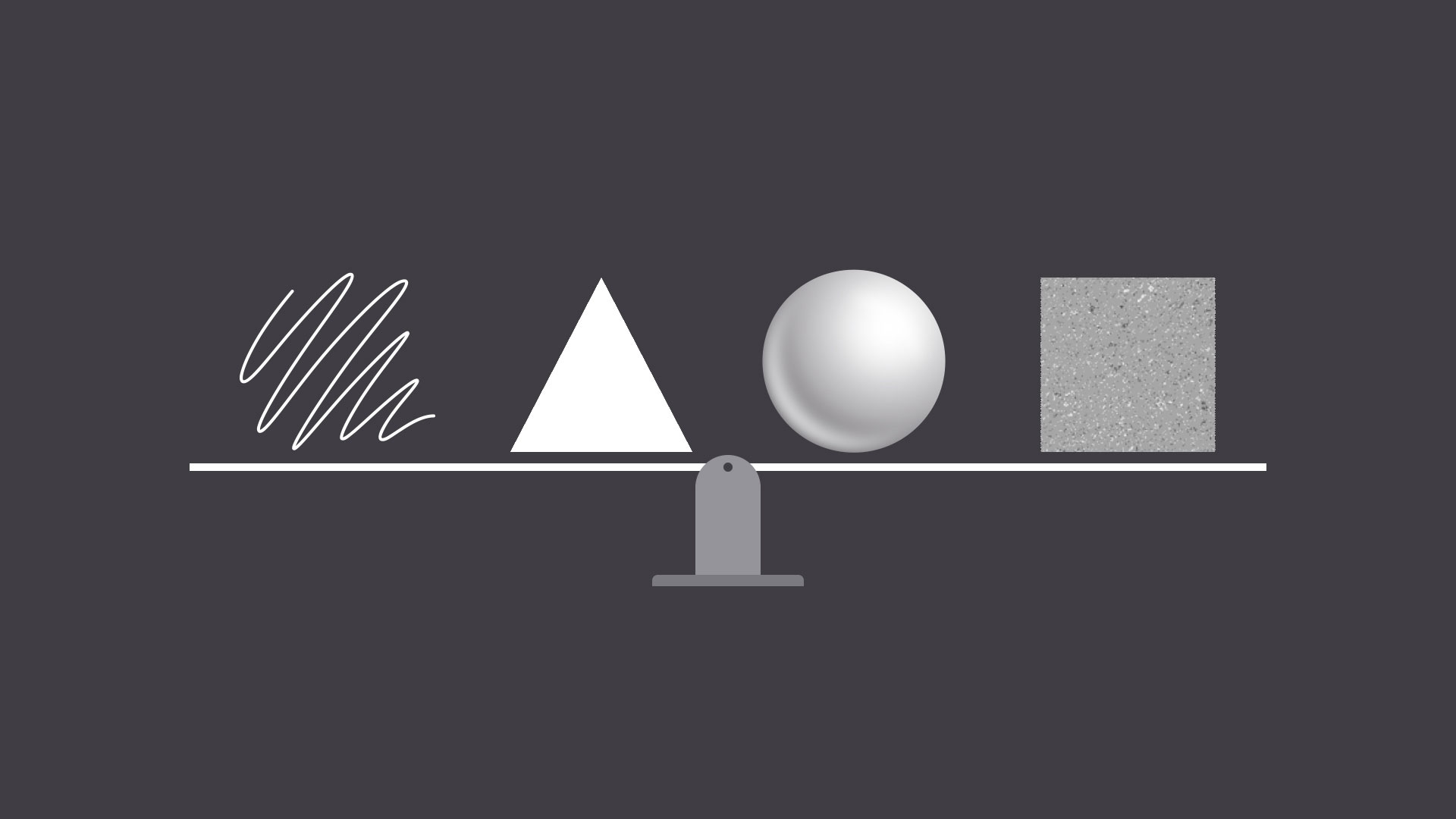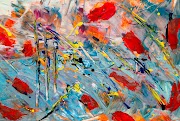Introduction:
Art is a universal language that transcends boundaries and communicates emotions, ideas, and experiences. Whether it's a captivating painting, a stirring piece of music, or a thought-provoking sculpture, art has the power to evoke profound responses and ignite the imagination. At its core, art is a reflection of the human experience, and understanding its fundamentals is essential for anyone looking to explore their creative potential. In this article, we delve into the basics of art, uncovering the seven fundamental principles that underpin artistic expression.
Line:
Lines are the building blocks of art, serving as the foundation upon which all other elements are constructed. They can be straight or curved, thick or thin, and can convey a multitude of meanings and emotions. In art, lines are used to define shapes, create textures, and guide the viewer's eye through the composition. Understanding the various types of lines and their significance is crucial for artists seeking to convey their message effectively.
Shape:
Shapes are two-dimensional figures that are created when lines meet to enclose a space. They can be geometric or organic, simple or complex, and serve as the building blocks of form and structure in art. Shapes can evoke feelings of stability or movement, symmetry or asymmetry, depending on their arrangement and proportions. Mastery of shape allows artists to create dynamic compositions that engage the viewer on both a visual and emotional level.
Form:
Form refers to the three-dimensional aspect of objects, giving them depth, volume, and presence in space. Unlike shapes, which are flat and lack depth, forms occupy space and have height, width, and depth. Understanding how to represent form convincingly is essential for creating realistic depictions of objects and figures in art. Artists achieve this through techniques such as shading, perspective, and chiaroscuro, which create the illusion of depth and volume on a two-dimensional surface.
Color:
Color is perhaps the most powerful tool in an artist's arsenal, capable of evoking a wide range of emotions and moods. It has the ability to capture attention, convey meaning, and express the essence of a subject in ways that words cannot. The study of color theory explores the relationships between different hues, values, and intensities, helping artists create harmonious compositions that resonate with viewers. From the vibrant hues of a sunset to the subtle tones of a grayscale portrait, color plays a central role in the language of art.
Value:
Value refers to the lightness or darkness of a color and is crucial for creating contrast, depth, and dimension in art. By manipulating the range of values within a composition, artists can create dramatic effects, highlight focal points, and evoke a sense of atmosphere. Understanding value allows artists to control the mood and atmosphere of their work, whether it's a dramatic chiaroscuro painting or a delicate pencil drawing.
Texture:
Texture adds tactile quality to art, inviting viewers to engage with the surface of a work on a sensory level. It can be smooth or rough, soft or hard, and can evoke a wide range of associations and emotions. Artists use various techniques to create texture, including impasto, stippling, and collage, adding depth and richness to their compositions. By incorporating texture into their work, artists can enhance the visual and emotional impact of their art, creating pieces that are both visually captivating and emotionally resonant.
Space:
Space refers to the area in and around objects within a composition and is essential for creating a sense of depth, perspective, and scale. Artists manipulate space to create illusions of distance, volume, and atmosphere, guiding the viewer's eye through the composition and creating a sense of immersion. Whether it's the vast expanse of a landscape painting or the intimate interior of a still life, space plays a crucial role in defining the relationship between objects and their surroundings.
Conclusion:
The fundamentals of art form the cornerstone of artistic expression, providing artists with the tools and techniques they need to bring their creative vision to life. By mastering the seven principles of line, shape, form, color, value, texture, and space, artists can unlock the full potential of their creativity and create works that resonate with viewers on a profound level. Whether you're a seasoned artist or a novice enthusiast, understanding these fundamentals is essential for embarking on a journey of artistic discovery and self-expression.
For those eager to delve deeper into the fundamentals of art, resources such as Fundamentals of Art PDFs, comprehensive notes, and specialized courses offer invaluable insights and guidance. By immersing yourself in the study of these foundational principles, you can cultivate your skills, expand your creative horizons, and unlock the boundless potential of artistic expression.
















.jpg)



.jpg)




0 Comments